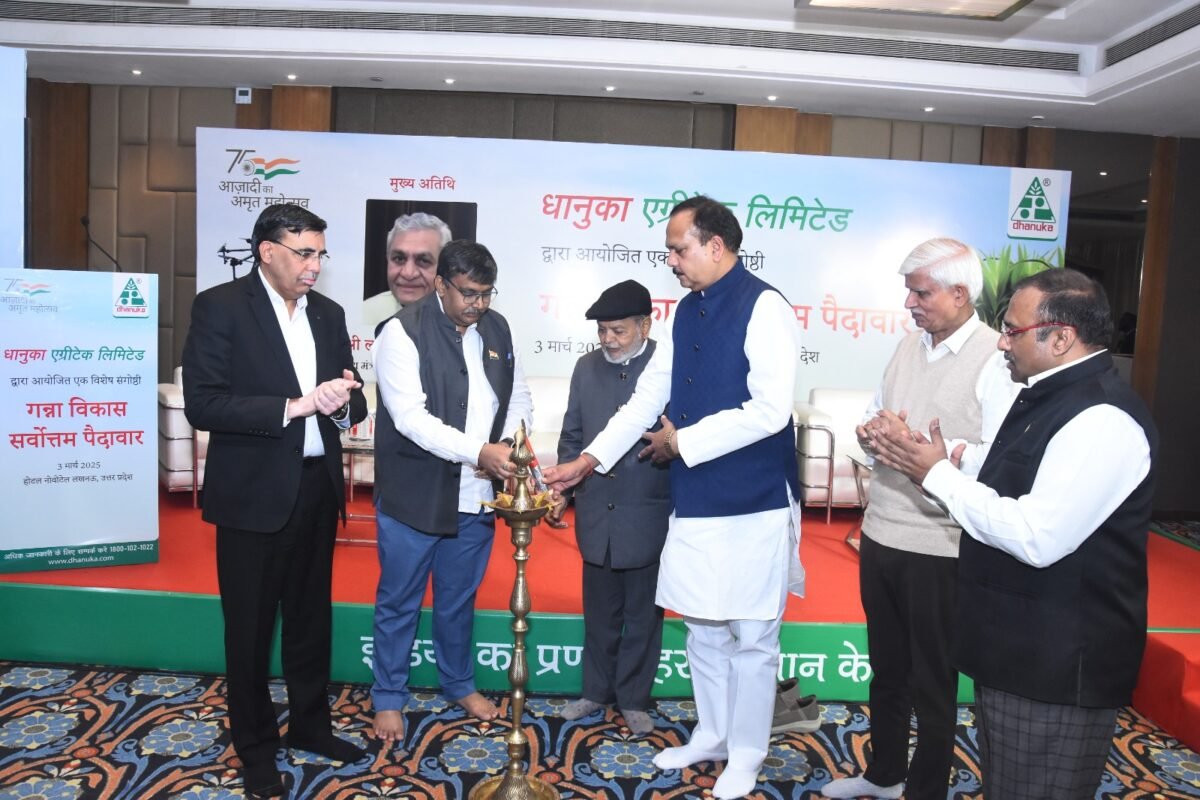Transforming Maize and Wheat agrifood systems through innovation, policy, and global collaboration
The global dialogue “Sustainable Maize and Wheat: Scaling Innovations for Resilience” in Istanbul highlighted the urgent need for innovative, collaborative, and inclusive approaches to maize and wheat sustainability.
Wheat, maize, and rice are key food crops supporting global food security, providing 50 per cent of the world’s dietary energy. While maize is a well-known smallholder crop, especially in Africa and Latin America, wheat is also produced by smallholders, for example in Ethiopia and South Asia.
Despite record-high global cereal harvests in recent years, these staple crops are increasingly at risk due to rising temperatures, groundwater depletion, pollution, biodiversity loss, and other environmental challenges. On the other hand, by strategically transforming food systems, including the value chains of wheat, maize and rice, we have a unique opportunity to mitigate environmental harm and address socio-economic challenges simultaneously.
Two integrated programs funded by the Global Environment Facility (GEF)—the Food Systems, Land Use and Restoration Impact Program (FOLUR) and the Food Systems Integrated Program (FSIP)—are actively working toward this transformation. Together, these programs encompass 46 countries projects, with a substantial number dedicated to maize and wheat. Their collective efforts aim to enhance food crop value chains, making them more sustainable, pollution-free, resilient, and inclusive.
January 2025 marked a significant milestone in the global maize and wheat sustainability discussion. The FOLUR program, in collaboration with the Government of Türkiye, co-hosted the “Sustainable Maize and Wheat: Scaling Innovations for Resilience” dialogue. This event gathered over 60 international participants, including FAO and IFAD specialists, to discuss the latest advancements in sustainable maize and wheat value chains and agricultural systems.
The global dialogue in Istanbul highlighted the urgent need for innovative, collaborative, and inclusive approaches to maize and wheat sustainability. By fostering synergies between FOLUR and FSIP, enhancing policy, legal and governance frameworks, and supporting small-scale producers, FAO and its partners are working to create resilient food systems that can withstand the challenges of climate change and environmental degradation.
The dialogue served as an opportunity to reinforce connection and efforts of teams coordinating the two GEF-funded integrated programs—FOLUR, led by the World Bank, and FSIP, jointly led by FAO and IFAD. Key areas of discussion included:
Sustainable diversification: Moving beyond mono-crop commodity-driven approaches to increase resilience.
Support for small-scale producers: Ensuring an inclusive transition that benefits farmers’ livelihoods and enhances food security and nutrition.
Cross-country learning: Facilitating South-South and South-North knowledge exchange among FOLUR and FSIP maize and wheat countries to share best practices and innovative solutions.
Transforming food systems presents an opportunity to improve policies, governance and regulatory frameworks, and maximize knowledge resources for positive change. A strong policy and governance framework at national and landscape and field levels is key to accelerating the shift toward sustainable crop production.
To support this level of transformation, at the national level, FAO introduced its cutting-edge Policy Optimization Tool (PolOpT) designed to help governments optimize their food and agriculture budgets. The tool enables countries to optimize the allocation of financial resources to boost agrifood GDP, lift hundreds of thousands out of poverty, create rural jobs, make healthy diets more affordable, and increase agrifood production while achieving environmental goals. Early results suggest that economic growth and emission reductions do not have to be at odds—smart agricultural policies can achieve both.
To bridge national policies with on-the-ground action and ensure coherence between strategic landscape-level interventions across the two Integrated Programs, FAO presented early implementation results of the Participatory Informed Landscape Approach (PILA) currently being spearheaded within FOLUR. PILA is a cross-sectoral, multi-stakeholder, innovative, participatory and inclusive approach that facilitates informed decision-making through tailored information made available at the national, landscape, and field levels. It promotes integrated landscape management and governance, supporting the transformation of food systems towards greater sustainability.
IFAD shared practical experiences from the food systems projects it implements globally, including under the GEF-supported Resilient Food Systems (RFS) programme, highlighting innovative solutions for sustainable agriculture. Discussion fostered valuable linkages between the next generation of FSIP projects currently under design with lessons emerging from FOLUR and existing GEF-supported food systems projects. Key examples included smallholder operated sub-surface irrigation systems, adapted small-scale machinery for combined straw integration and sowing in rice-wheat systems, and approaches to reduce zinc deficiencies, demonstrating IFAD’s commitment to scaling practical, climate-resilient solutions.
The global dialogue "Sustainable Maize and Wheat:














